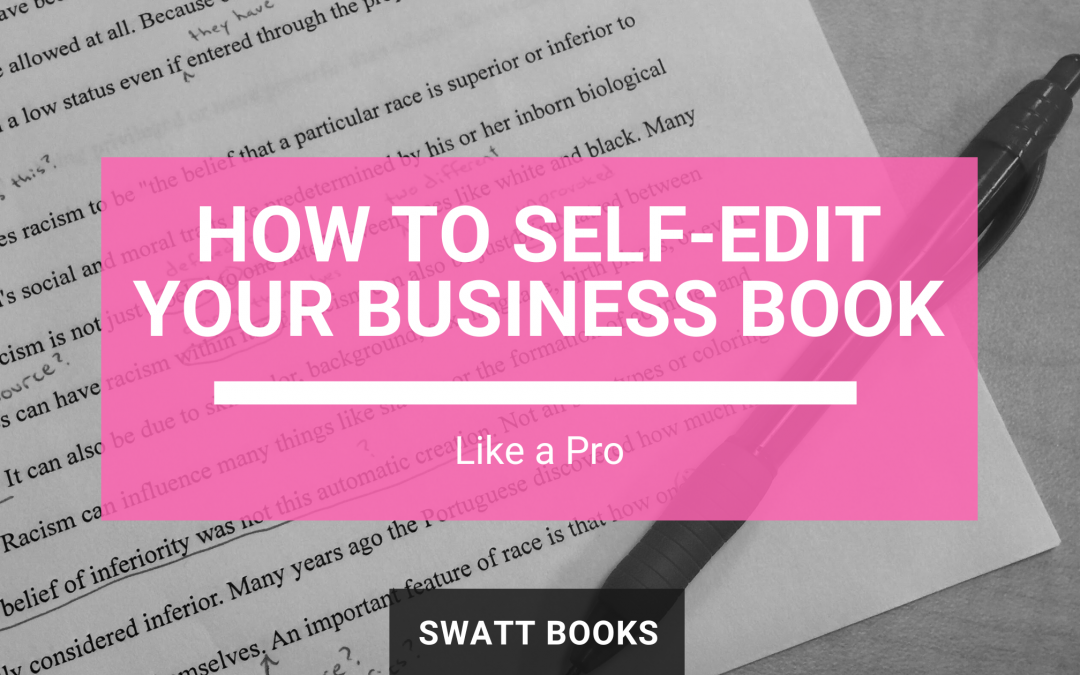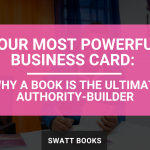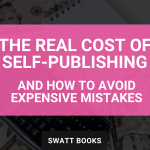So, you’ve poured your heart and soul into writing your business book, and now you’re ready to share your wisdom with the world. But before you hit that publish button, there’s a crucial step you can’t afford to skip: self-editing. Think of it as a necessary pit stop on the road to a polished, professional manuscript. Not only can effective self-editing elevate the quality of your book, but it also sets the stage for a smoother collaboration with a professional editor later on, saving you time and reducing your editing costs.
Imagine reading a book riddled with errors, awkward sentences, and confusing structure. It’s frustrating, right? Your readers deserve better, and you have the power to give it to them. By taking the time to self-edit, you’re not just refining your message; you’re ensuring that your book truly reflects your expertise and dedication.
In this guide, we’ll walk you through the essential steps to self-edit your business book like a pro. From structural tweaks to the final proofread, you’ll gain insights and practical tips that will transform your manuscript from good to great. Ready to dive in and polish your masterpiece? Let’s get started!
Preparing to Self-Edit Your Business Book
After you have completed the first draft of your manuscript, it is important to take a break away from your book to gain a fresh perspective and for your brain to forget what you have written. As amazing as our brains are, they are designed to be as energy-efficient as possible. This means that when you go to read something that your brain recognises as something you wrote, it won’t actually read what’s on the page but remember what you meant to write down – effectively causing you to be blind to any number of mistakes that you may have made. As a way of short-circuiting this phenomenon, it’s a good idea to physically print out your manuscript before each round of self-edits as this tricks your brain into thinking it’s never seen this book before because it hasn’t in that particular format.
Next, you want to set yourself clear goals for what you want to achieve with your self-editing. These goals could be clarity, conciseness, or ensuring your unique voice shines through. Either way, you want to know what you are looking to achieve with your manuscript before you can edit it to achieve that goal. I tend to do five separate rounds of editing when I self-edit my business books, each with its own purpose. Here’s a breakdown of my process:
Edit #1: Structural
In this round of self-editing, you are looking at the overall structure of your book. You want to ensure that each chapter flows logically from one point to the next and the content is organised in a way that supports your main message.
You might find it useful to write a brief summary for each chapter to check the consistency and logical progression of your content. This can also be helpful when you put the summaries for all of your chapters together to make sure that the book flows coherently from the starting point of your ideal readers’ level of understanding of your topic through to teaching everything you want them to know by the end.
Edit #2: Content
Once you are happy with the overall structure of your book, you want to review each section individually to make sure that it adds value to the reader. Don’t be afraid to remove any content that doesn’t directly support your book’s purpose. You also want to make sure that your key messages are clear and reiterated throughout the book. The content of each chapter needs to tie back to your main topic in some form or another.
Edit #3: Line/Copy Editing
Though this will form the bulk of the work that your professional editor will do, it is a good idea to do a line/copy edit yourself to help reduce the amount of work your editor needs to do and therefore reduce the cost.
There are a few different aspects that you want to review your content for as part of a line-level edit. They are:
- Sentence Structure: Focus on the clarity and effectiveness of each sentence. Avoid long, convoluted sentences that may confuse readers.
- Tone and Voice: Ensure your writing style is consistent and appropriate for your target audience. Maintain a professional yet approachable tone, ideally one that mirrors your natural manner of speaking.
- Grammar and Punctuation: Check for grammatical errors, correct punctuation, and ensure proper use of language.
- Consistency: Ensure consistency in terminology, style, and formatting throughout the book. Use a style guide like the Oxford Style Guide or the Chicago Manual of Style if necessary.
Edit #4: Final Proofread
This last self-edit is a final polish of your manuscript. In this step, search for typos, misspellings, and formatting issues. A really great trick for catching things you might have missed up until this point is to read your book aloud or use text-to-speech software; if it sounds weird to your ear, then there is probably something that needs fixing.
If you are going to be commissioning a professional typesetter to convert your Word manuscript into the final book artwork, then you don’t need to be so concerned about the ‘look’ of your formatting, but you do need to make sure that any formatting you use within the manuscript has been applied consistently, such as bullet points, style for each level of headings, and tags to represent pull boxes or quotes. This will make the job of your typesetter much easier.
If you do not have the budget to commission a professional typesetter, then I would recommend you spend a considerable amount of time on fine-tuning the formatting to make sure that it is both aesthetically appealing AND 100% consistent in its application. I’ve written a couple of articles that will give you some more guidance if you plan on typesetting your book yourself in Word:
- 5 Word Manuscript Tips to Save Time Typesetting Your Book
- Book Design Secrets from a Professional Book Designer
- 5 Common Book Design Mistakes & How to Avoid Them
Tools, Resources & Additional Tips
If spelling and grammar aren’t your strong suit (I know they are not mine ☺), don’t worry; there are a number of great tools that can assist in the editing process, such as Grammarly, ProWritingAid, or the Hemingway App. Most of these tools have free entry-level options to get you started, with more professional features available for a subscription.
I would also highly recommend that you engage a small group of Beta Readers to read your book. They can provide valuable feedback from a reader’s perspective that you might have overlooked as a result of your familiarity with the subject.
I cannot stress enough that this process is NOT a replacement for professional editing and proofreading. Even after multiple thorough self-edits, a professional editor can provide an expert’s perspective, ensuring that your book is the best quality that it can be.
Lastly, you do not want to rush this process. I personally give myself a week for each self-edit phase, with at least a week’s break in between each edit.
Next Steps
Deciding to self-edit your business book might seem daunting at first, but it’s a vital step in ensuring your manuscript shines. By meticulously refining your structure, content, and language, you’re not only enhancing the quality of your book but also showing your readers the respect they deserve. Remember, a well-edited book can significantly boost your credibility and impact in the business world.
As you embark on this self-editing journey, keep in mind that every great author has been where you are now—taking the time to polish their work, knowing that the end result will be worth it. Your dedication to perfecting your manuscript will pay off, making your book a powerful tool to influence and inspire your audience.
Now that you’ve learned how to self-edit your business book like a pro, why not take the next step in your author journey? Discover how ready your manuscript truly is with our Business Book Readiness Scorecard. This comprehensive tool will help you identify areas of strength and opportunities for improvement, ensuring your book is fully prepared for the professional publishing process.
Ready to see how your book measures up? Take our Business Book Readiness Scorecard today and get one step closer to publishing a book that will revolutionise your business and establish you as a go-to expert in your field.





